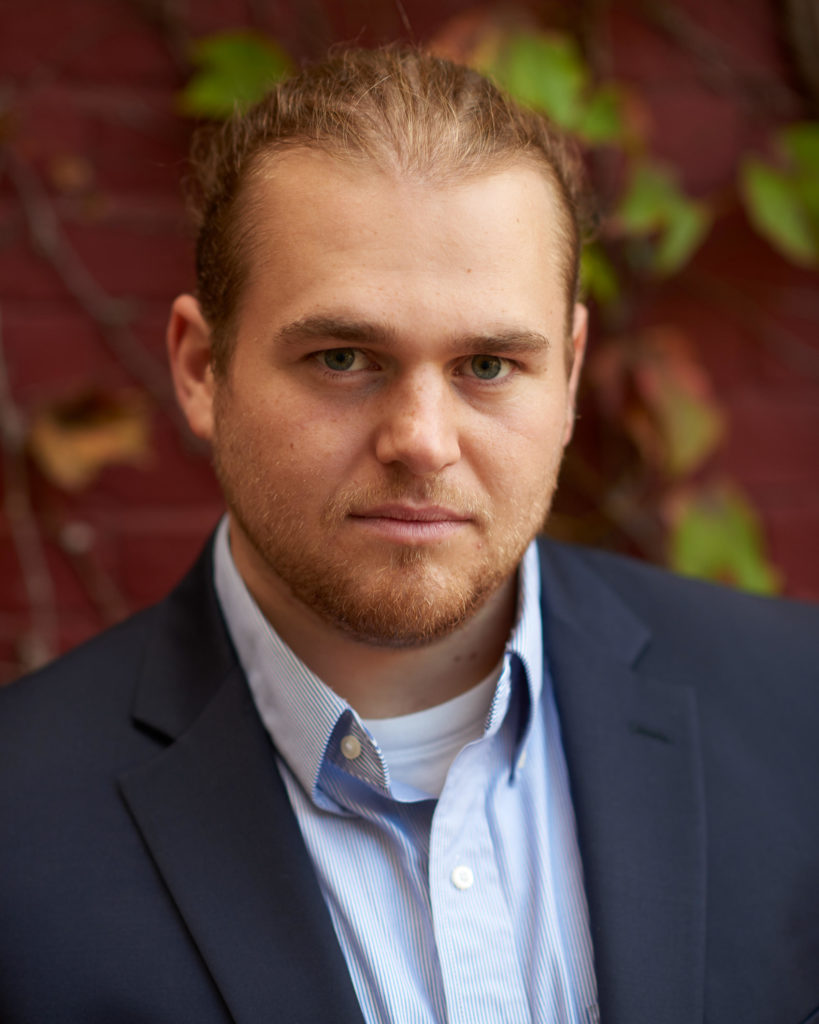In this presentation, Peter Traver will explain his research into algorithmic composition and parametric speakers, culminating in various installations whose titles can be seen above. During his Harvestworks residency this September, Peter focused on constructing a prototype of his NYU thesis project, the Sound Maze. This smaller cube structure uses parametric speakers playing directional sinusoidal compositions made in Python. Peter will describe his compositional process, including Markov model harmony generation and Python digital wave generation. He will also outline his future research & pieces to be completed in the coming year.
October 1, 2022 @11:30am-12:00pm
Room 610, 35 W 4th St, NYU, Washington Square
This presentation will overview the use of Markov models in algorithmic composition and the basic science behind parametric speakers. Starting first with the speakers, we will go through amplitude and frequency modulation and the physics behind ultrasonic demodulation — the reason why we can hear hyper-directional signals from parametric speakers. With this basic knowledge, we will then walk through the design of three progressive installations using these devices: one sound sculpture (Soundcube), one prototype (Soundwall) and one full scale immersive installation (Soundmaze).
The installations’ sound will center around compositions generated within Python. The sound is entirely synthesized using Python packages, namely the class from IPython.display called Audio, but also using the random and numpy packages as well. The principle behind the harmony of the compositions is a random walk across the markov network of Forte pitch classes, with probability values calculated based on the number of shared pitch classes in two compared sets. This framework has been extended to use the pitch class sets derived from Harry Partch’s 43-note octave division. The rhythm and voice layers of the piece are kept as free variables for the composer to utilize. In these compositions, the rhythm and voice layers were used to resemble the layers of the Earth and atmosphere.
The presentation will continue to outline the other miscellaneous portions of Traver’s research toward formulating a cohesive algorithmic compositional language. This includes the use of Penrose 2-dimensional tiling patterns as material for harmonic (or otherwise) generation and other extensions of the language above. The goal of this presentation is to inform and excite the audience about general contemporary computer-based composition and the use of directional speakers in the sonic arts.
PETER TRAVER is a Master’s student at NYU in Music Technology. He strives to create pieces in various media that will help people move forward from anything that is getting them stuck in the world. His music involves heavy synthesis and interactivity, which he finds extremely important as we collectively emerge from the Covid-19 pandemic and begin to interact with each other again. Peter graduated from Brown University with degrees in Applied Mathematics and Music. After briefly pursuing a career as an opera singer, he began to work with video to create multimedia projects. Prior to moving to New York he was working at Harvard University as a multimedia specialist, as well as serving as the Artistic and Executive director of zFestival.






